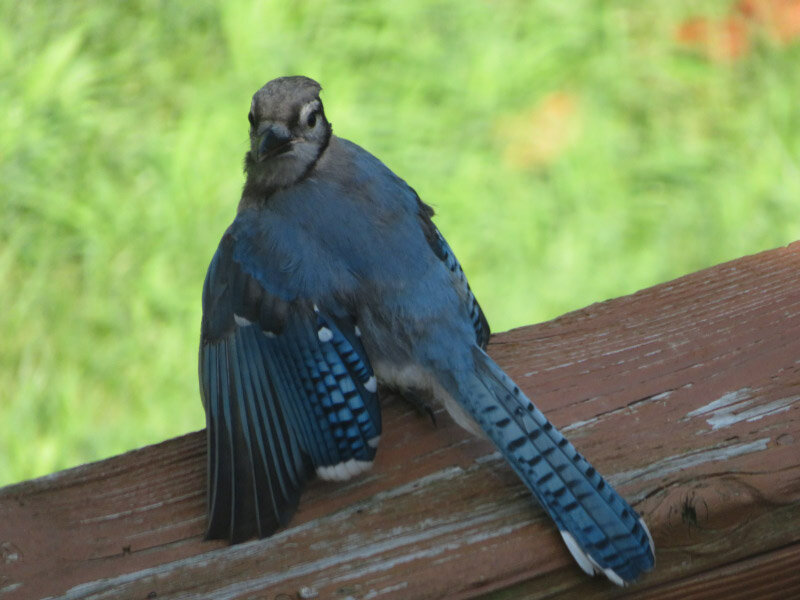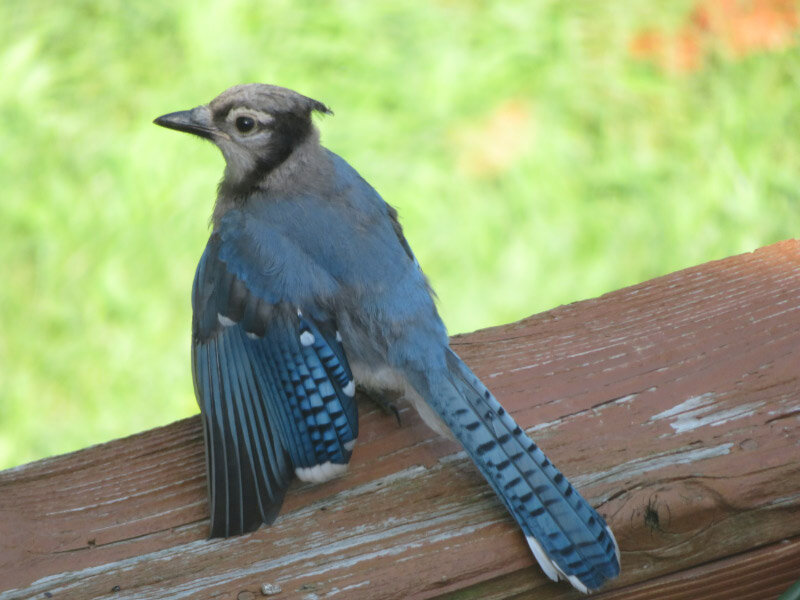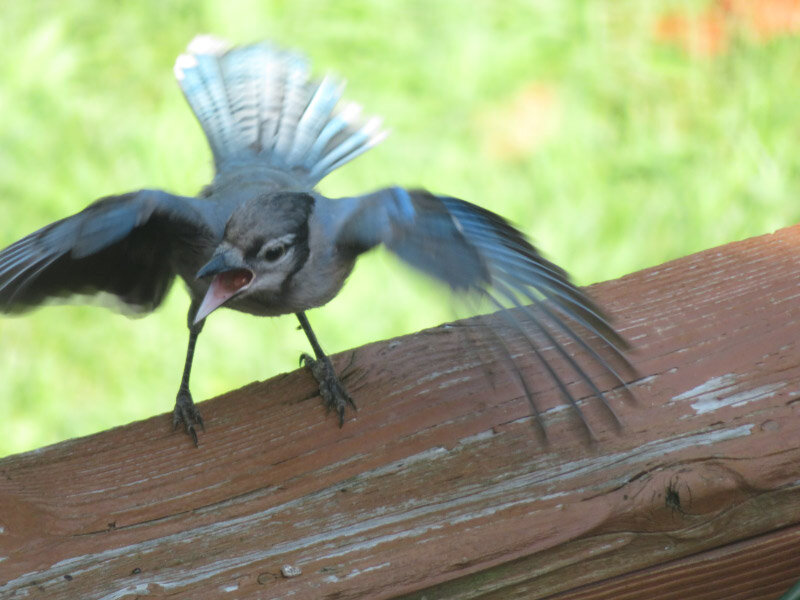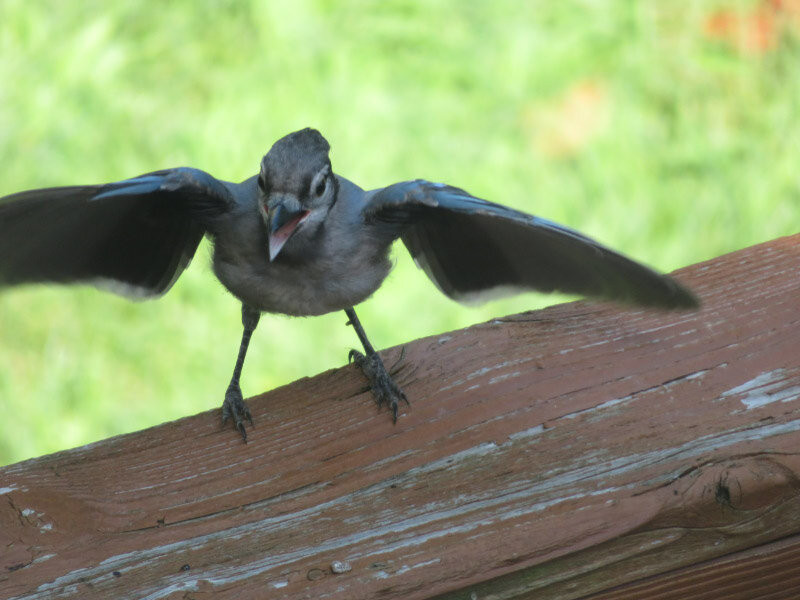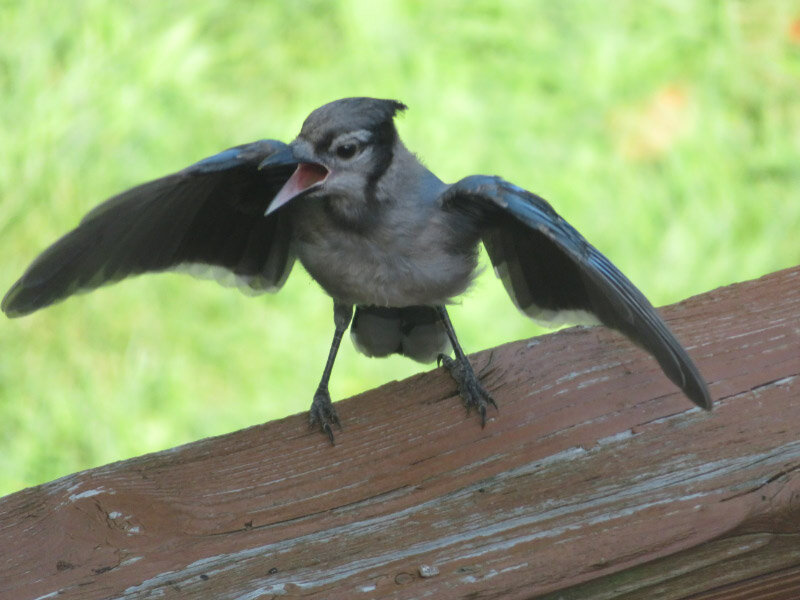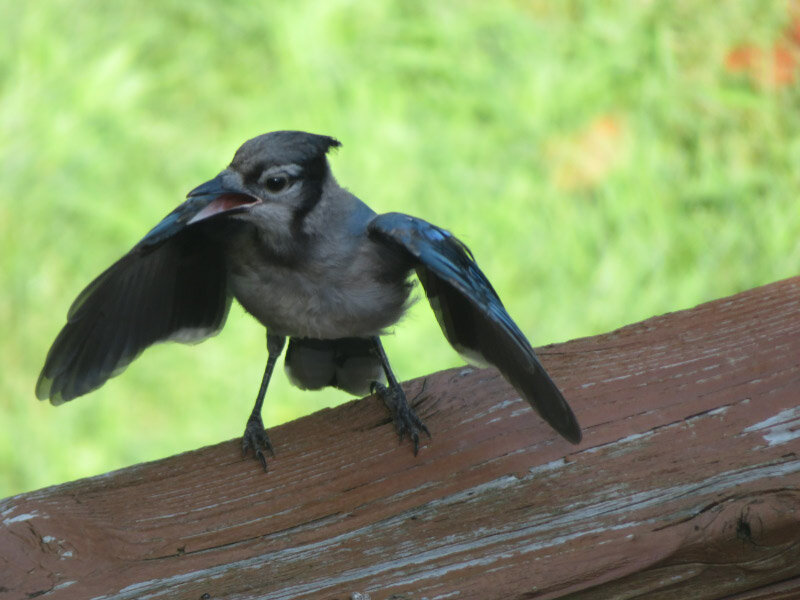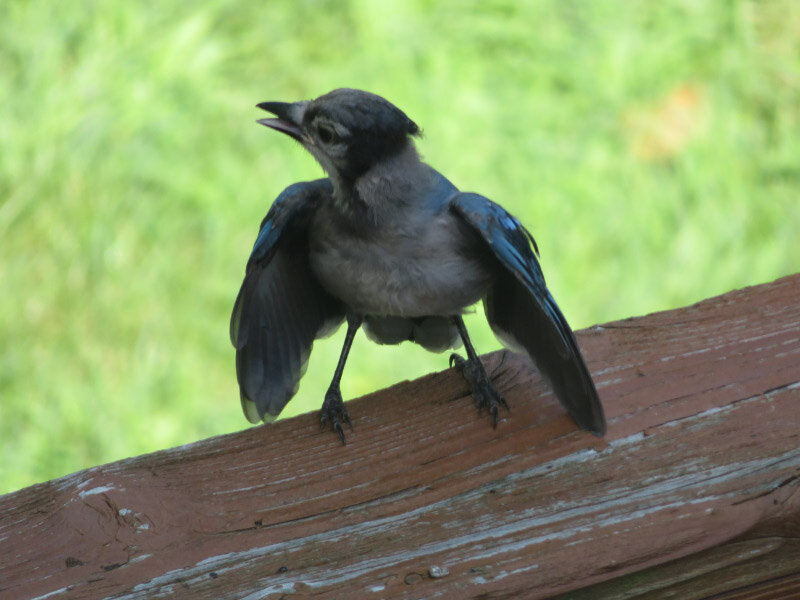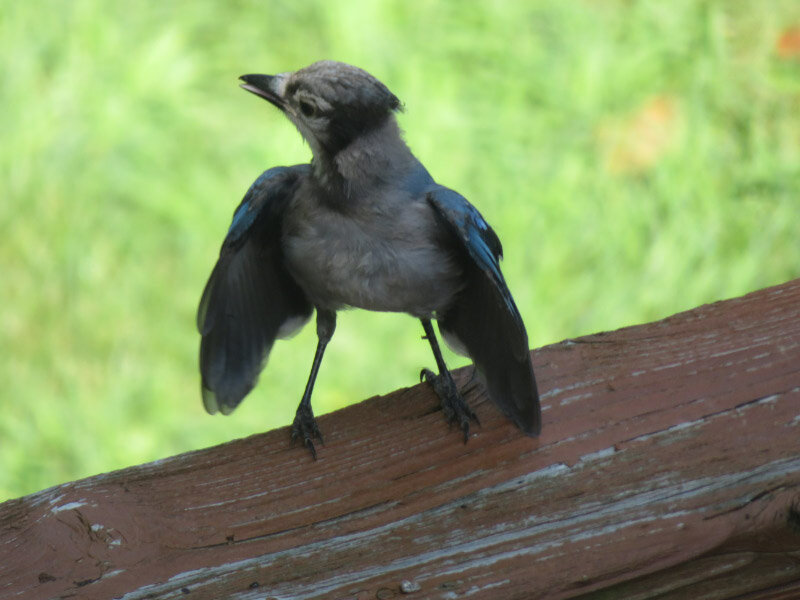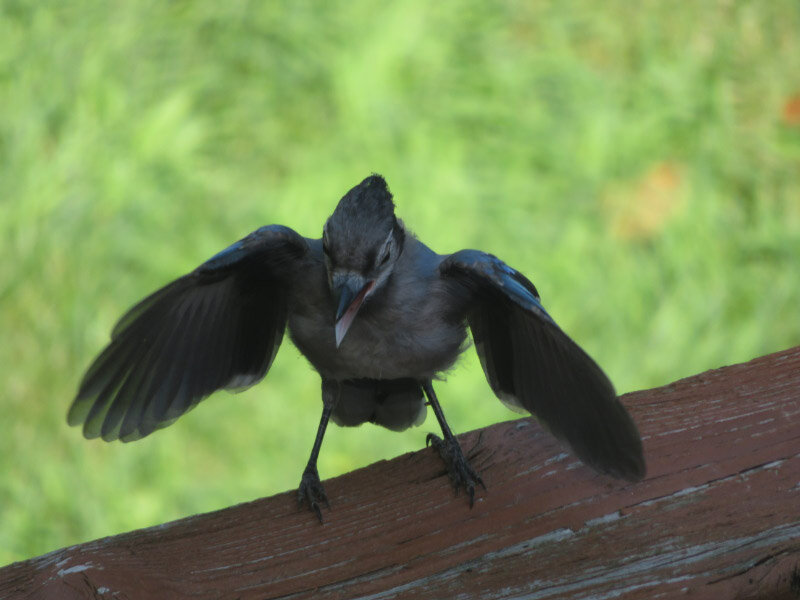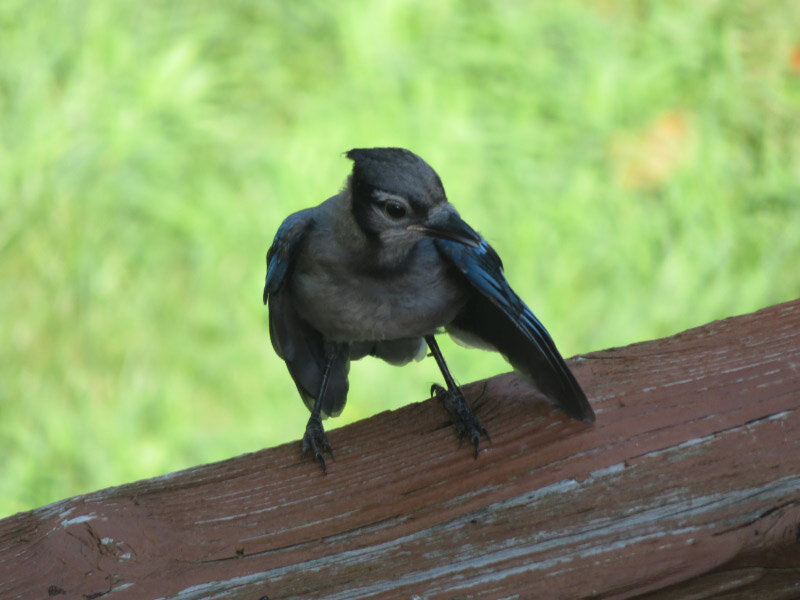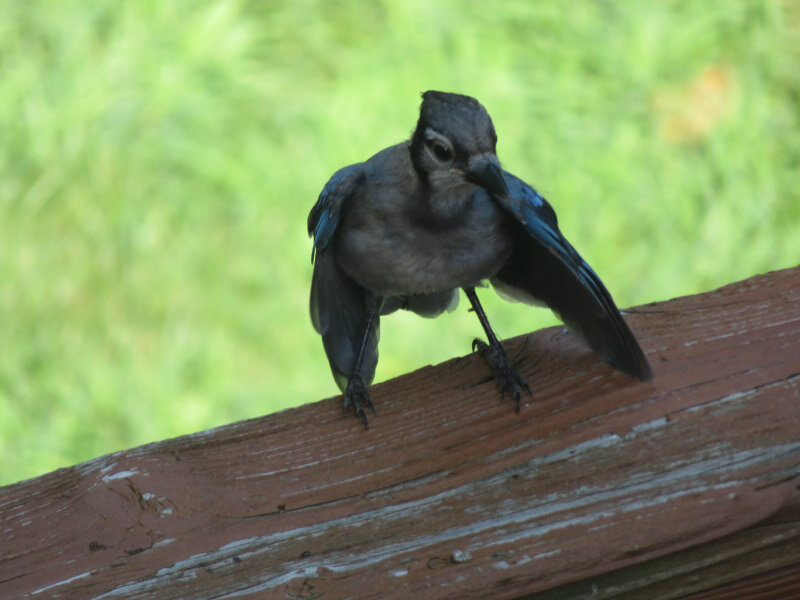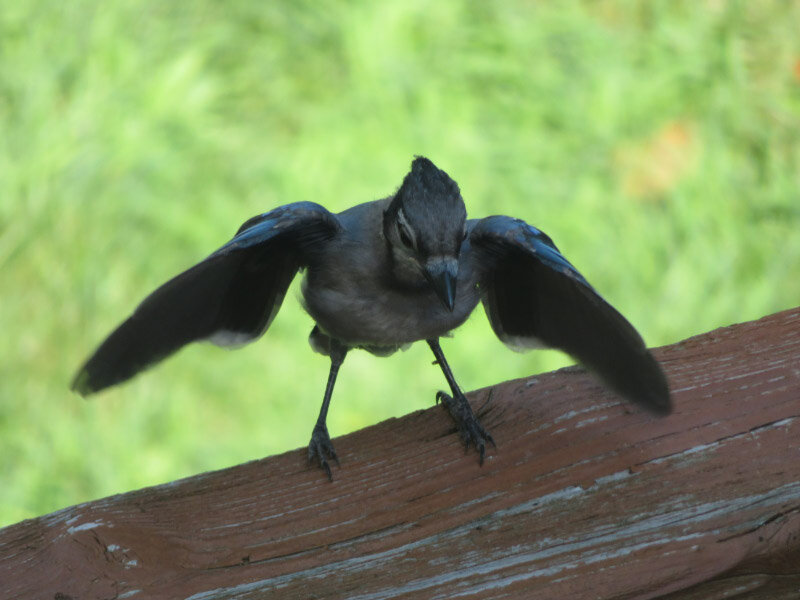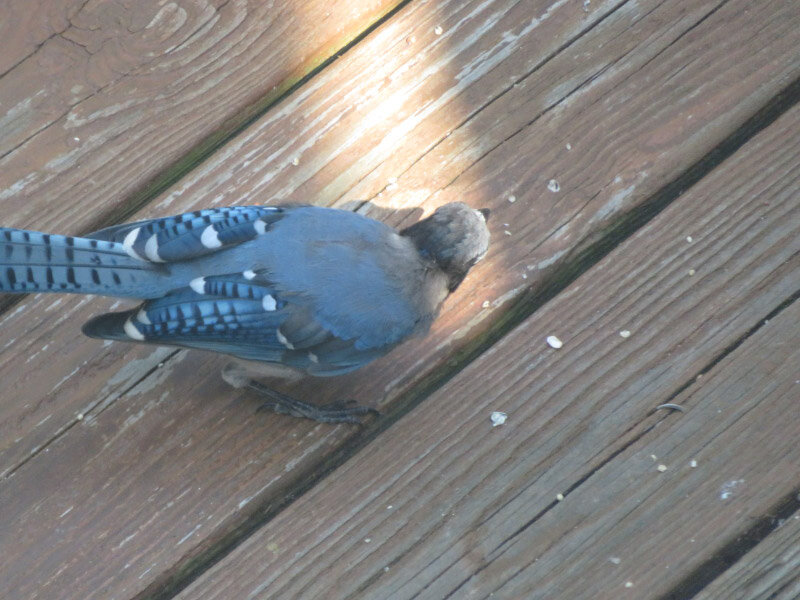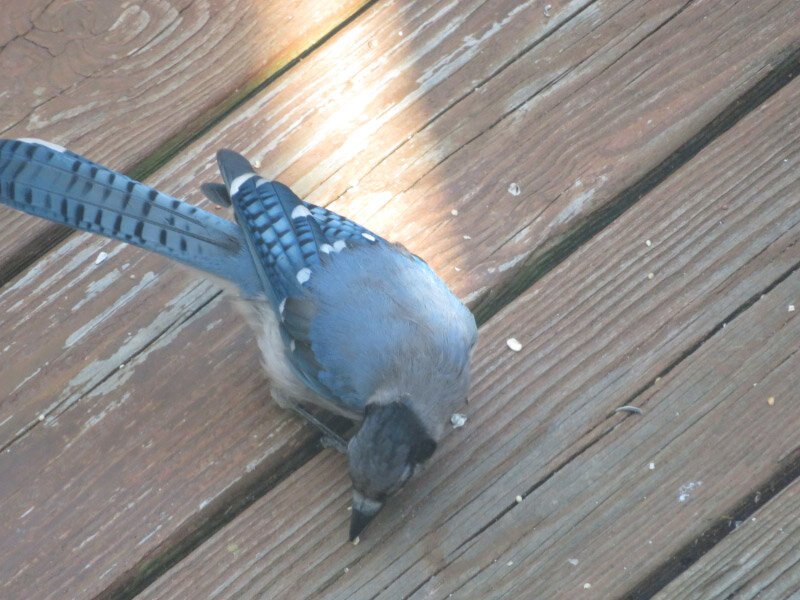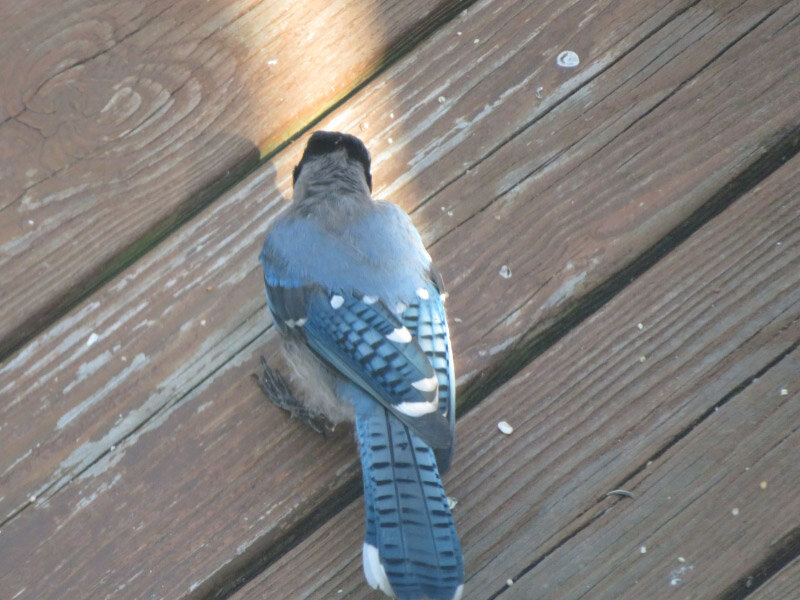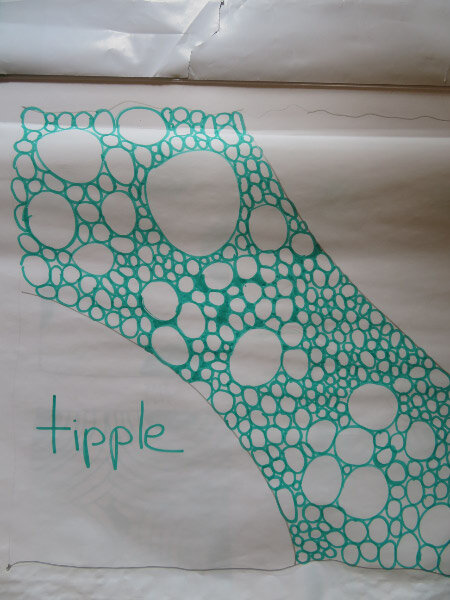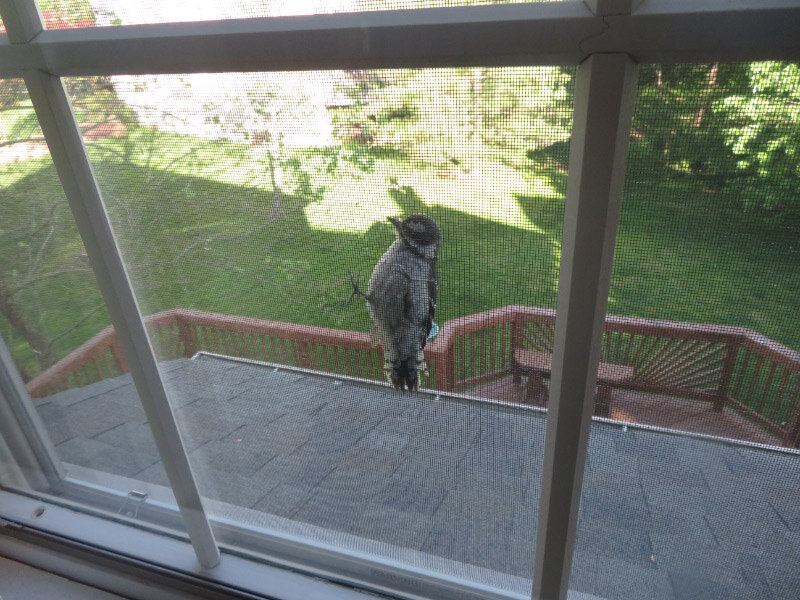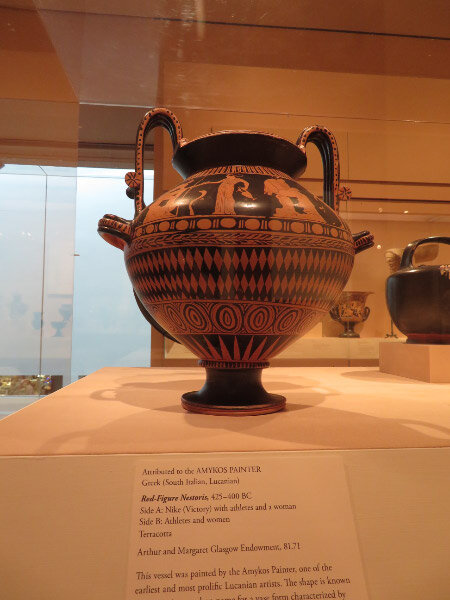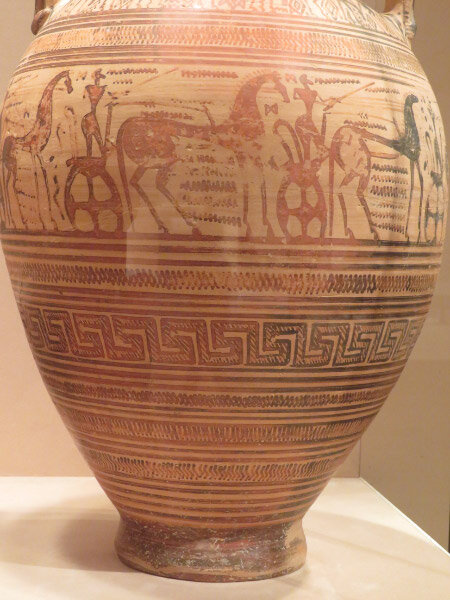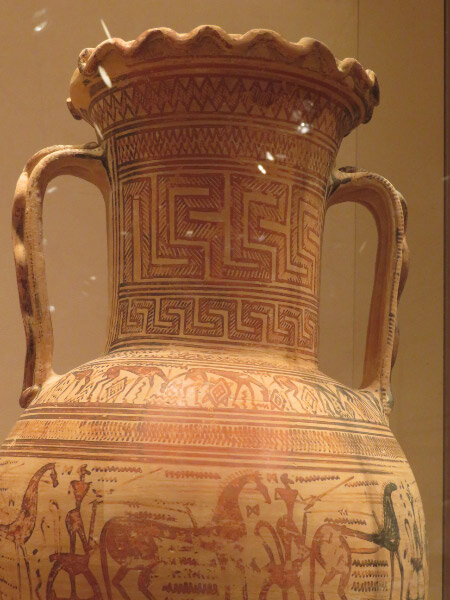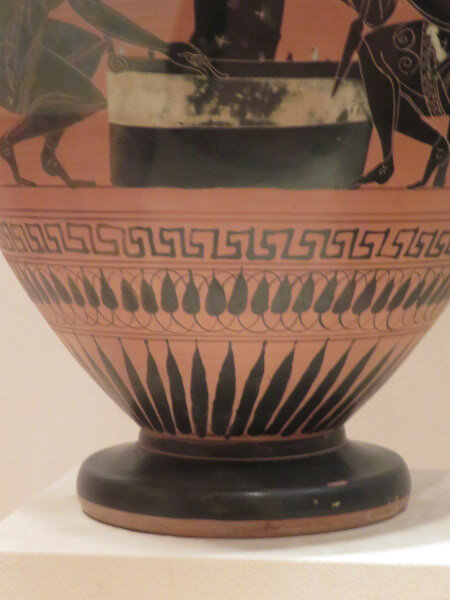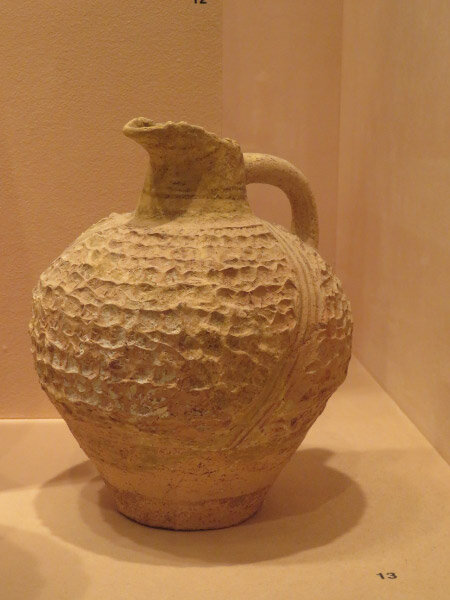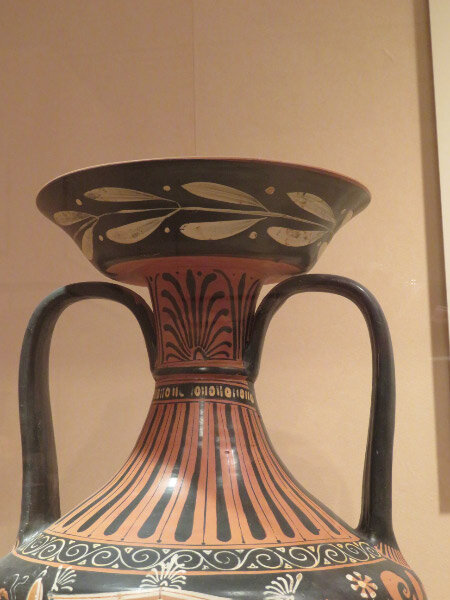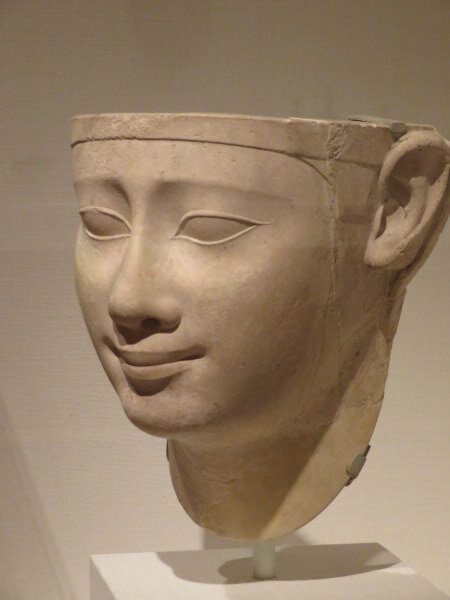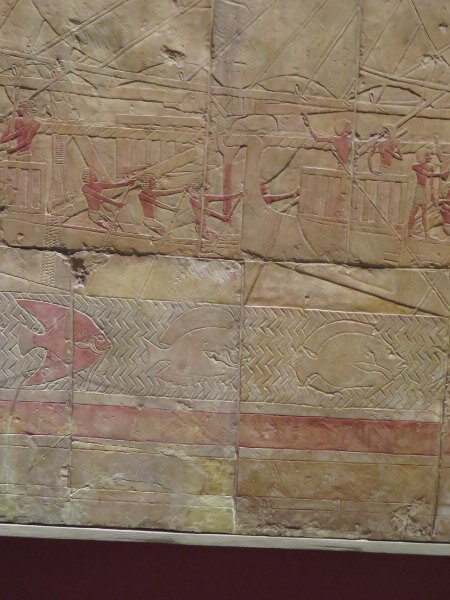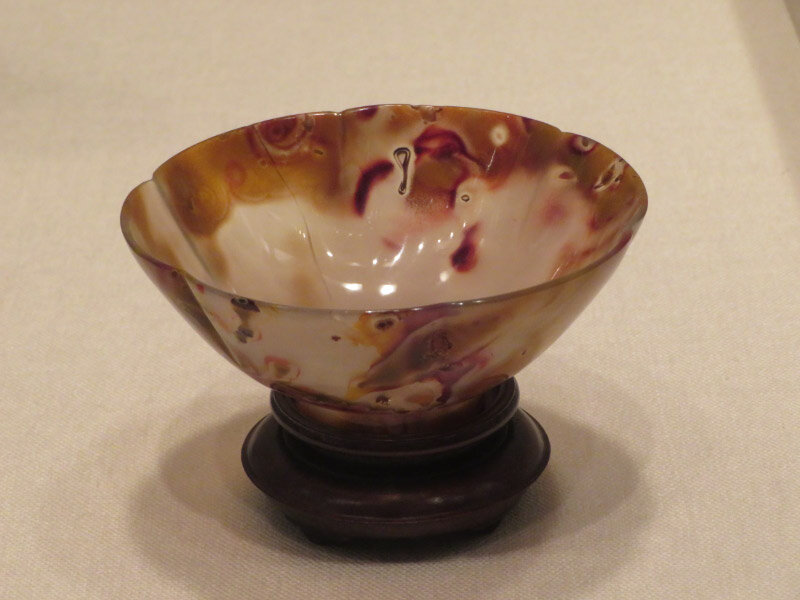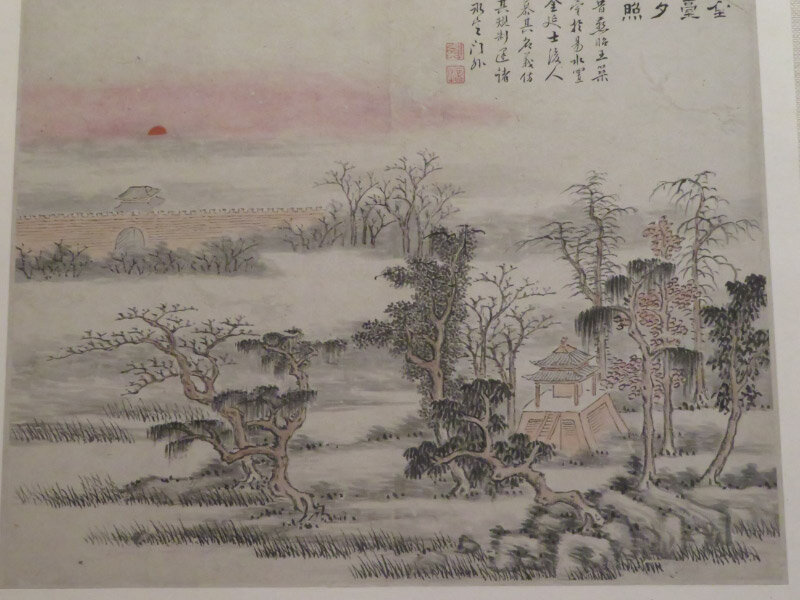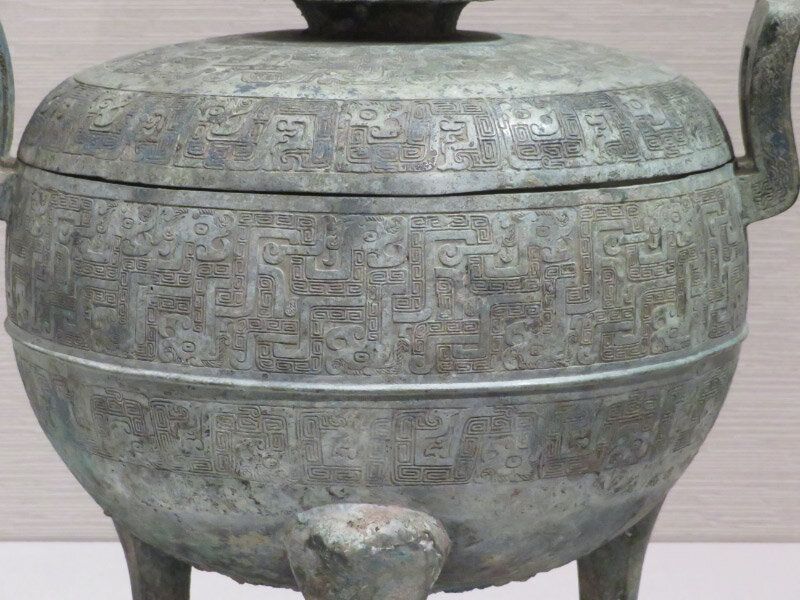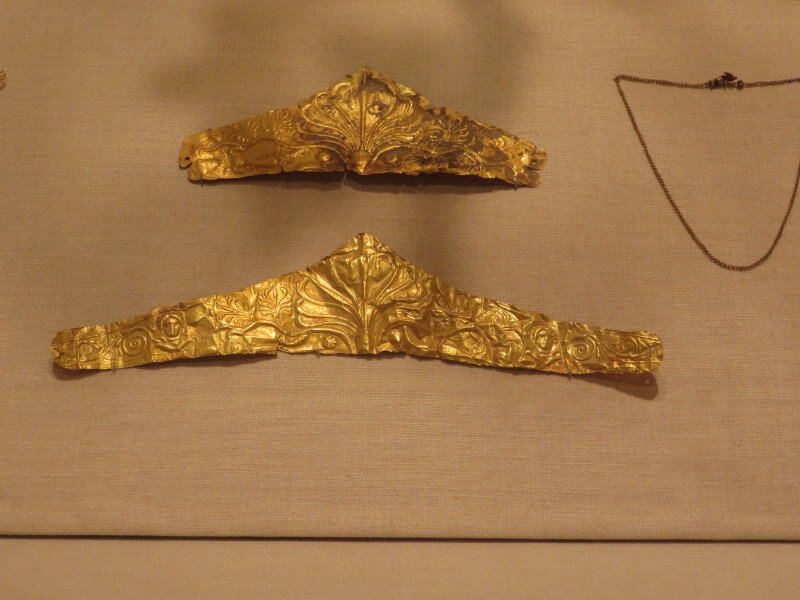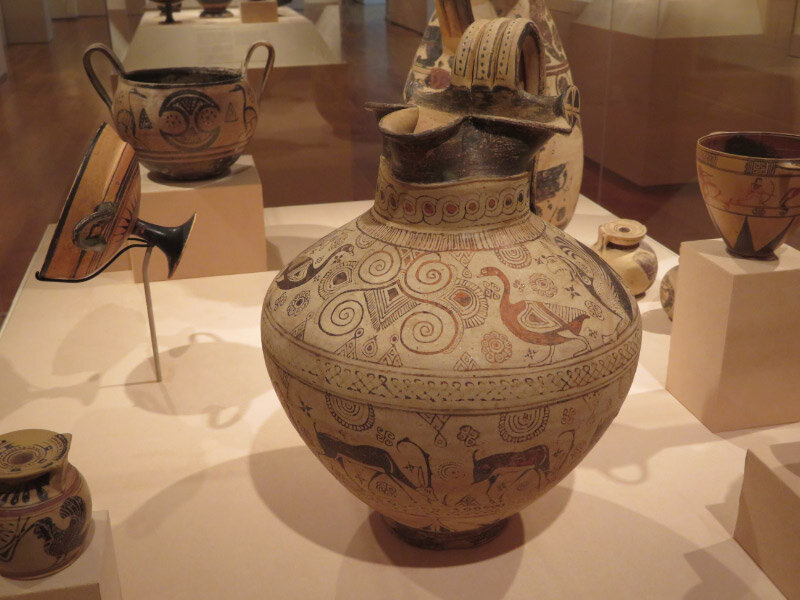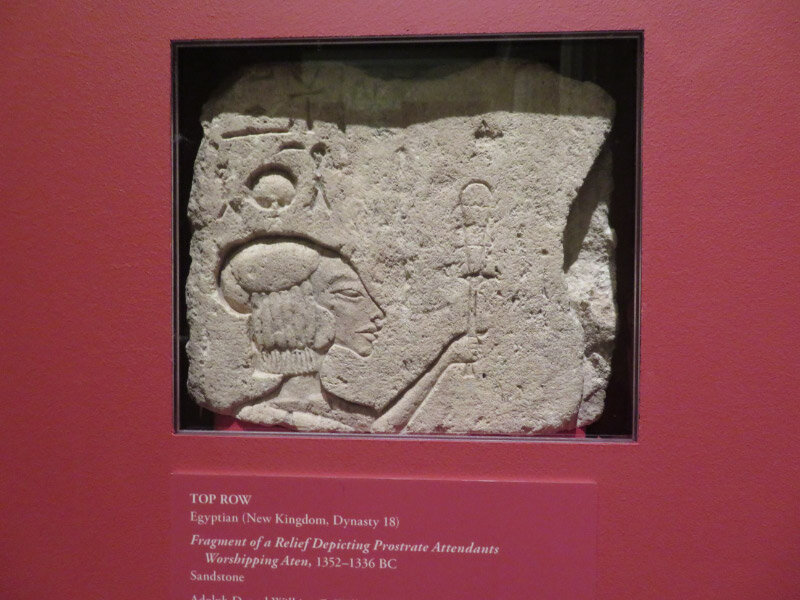The items below were ‘the cream’ of the articles and websites I found this past week. Click on the light green text to look at the article.
Identifying sources of deadly air pollution in the United States -- ScienceDaily – Focusing on fine particulates associated with heart attacks, strokes, lung cancer, and other diseases…about half comes from burning fossil fuels; the other half is from animal agriculture, dust from construction and roads, and burning wood for heating/cooking. Ammonia is one pollutant that is not regulated as much as the others and yet it causes a 5th of all deaths caused by fine particulates. It could be reduced with targeted manure management and improving formulations of cleaning supplies, paints, and inks, etc.
Free Technology for Teachers: 500+ Icebreaker Questions – These could also be used as writing prompts…they are good for a bit of self-exploration…useful even if you are not in as many groups right now.
Aztec Palace and House Built by Hernán Cortés Unearthed in Mexico City | Smart News | Smithsonian Magazine – History through layers of stone floors.
Biosignatures may reveal a wealth of new data locked inside old fossils -- ScienceDaily – Not DNA…chemical analysis (using non-destructive Raman spectral analysis) of products of degraded proteins, lipids, and sugars in fossils. Results group into 3 types of biosignatures: biomineralization, tissue, and phylogenic.
Infographic: What Social Isolation Can Mean for the Brain | The Scientist Magazine® - I wondered if the brain structural observations were a cause or effect (or neither). Does the observation that people who are lonely have smaller amygdalae because that are isolated or because they were born that way and it wouldn’t matter if there were a lot of people interacting with them…they would always feel lonely/isolated.
Top 25 birds of the week: July 2020 - Wild Bird Revolution – Always beautiful birds.
Innovative Birds Face a Lower Risk of Extinction | The Scientist Magazine® - Birds that are dropping nuts on roads, stealing burning candles to eat the wick, using bread to lure fish, and pecking open sugar packets…..coming up with new behaviors to cope with new aspects of their environment.
A Silk Road Renaissance - Archaeology Magazine – Many more commodities than silk on the ‘silk’ road: jade, glass, spices, metalwork, ceramic….and missionaries. And the Sogdians were the people that made it work from the 5th to 8th centuries. Panjakent, in modern Tajikistan, has been excavated since the 1940s; many murals have been found depicting myths, fables and everyday life of the Sogdians. In 755 a failed Sogdian coup against the Chinese emperor and thereafter incursion of Arabs from their west caused the culture to fade.
New Research Reveals Surprising Origins of Egypt's Hyksos Dynasty | Smart News | Smithsonian Magazine – Based on chemical analysis of skeletons from the Hyksos capital, the dynasty was likely the result of an immigrant uprising rather than a hostile outside invasion!
Weird and Unbelievable Facts About Earwigs – Entomological trivia…always fun.
Unique Activities for Yesterday:
Blue Jay Behavior. There was a blue jay on the deck railing making noise….fluttering its wings…making eye contact with 3 or 4 other blue jays around at the time. Those other jays seemed to ignore the ruckus and flew away. Then the bird flew down to the floor of the deck to look for seeds. Maybe it was a fledgling wanting to be fed by the adults…but the adults were forcing the young bird to find its own food? I’m not sure…but I enjoyed witnessing the minute or so of action…whatever it was about. Maybe it was the same jay that tried to get seed from our bird feeder a few days ago (and failed).































































